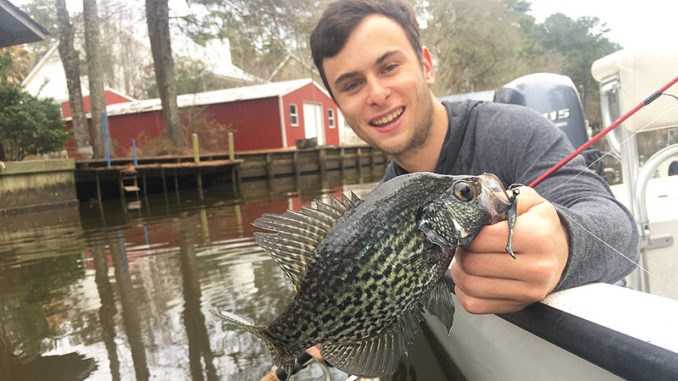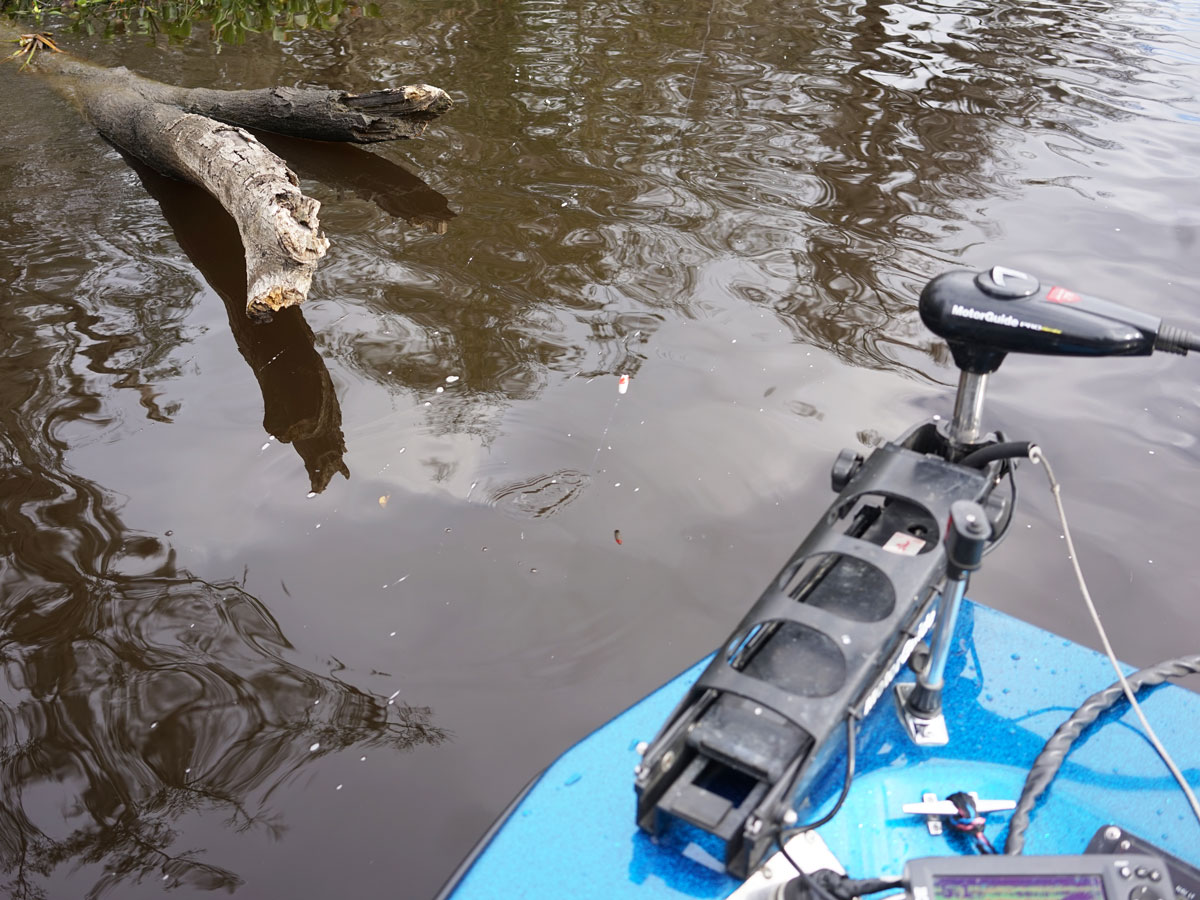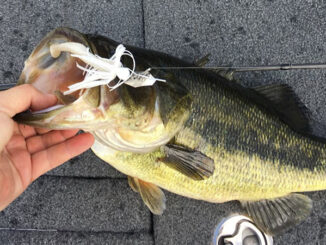
February typically means prespawn begins
There’s no better tasting fish than sac-a-lait, and this month, the Tchefuncte River is typically full of them.
Avid angler Jeff Bruhl starts fishing them this month in the pre-spawn period.
“They’ll start getting together in (January) and then February they’ll start moving to spawn,” he said. “Usually it’s March before they get a real hard spawn.”
When he’s fishing them in this early phase of the spawn, Bruhl focuses on structure close to the bank in the cuts off the main river.
“Most of the time, I’m looking out in front of the big cypress trees or laydowns on a bank going into a pocket somewhere,” he said. “I’m hunting the staging areas that time of year.”
To target these fish, Bruhl throws 1/16-ounce crappie jigs tipped with Berkley Crappie Nibbles at the base of trees.
“I’ll go down to a 1/32-ounce if I’m fishing kind of shallow or slow,” he said. “You can use an 1/8, but I find unless you’re fishing really deep, it falls too fast.”
Bruhl also throws Roadrunner baits in front of the cypress trees and laydowns.

“That Roadrunner is pretty weedless,” he said. “It’ll go through those trees well.”
Bruhl also said not to neglect fishing a little further off the bank.
“I’ve caught them 6 to 8 foot off those ledges where they’re not tight up to the tree, but they’re coming in,” he said. “Sometimes when you find them like that, you can catch a lot.”
Like many sac-a-lait anglers, Bruhl likes jigging poles. He uses a C-Series by Berkley, but he likes a shorter length than most guys.
“I don’t like the big long ones,” he said. “I like the 8-foot ones because I’m kind of flipping and pitching up under the trees.”
Bruhl uses 8- or 10-pound monofilament on his reels, unless he’s fishing with live bait.
“If I’m using a cork with shiners, I might use 20-pound with a leader on a swivel that is 8-pound test because if I get hung up, I just break the hook off with the leader and tie another one on instead of having to rig the whole cork up,” he said.
